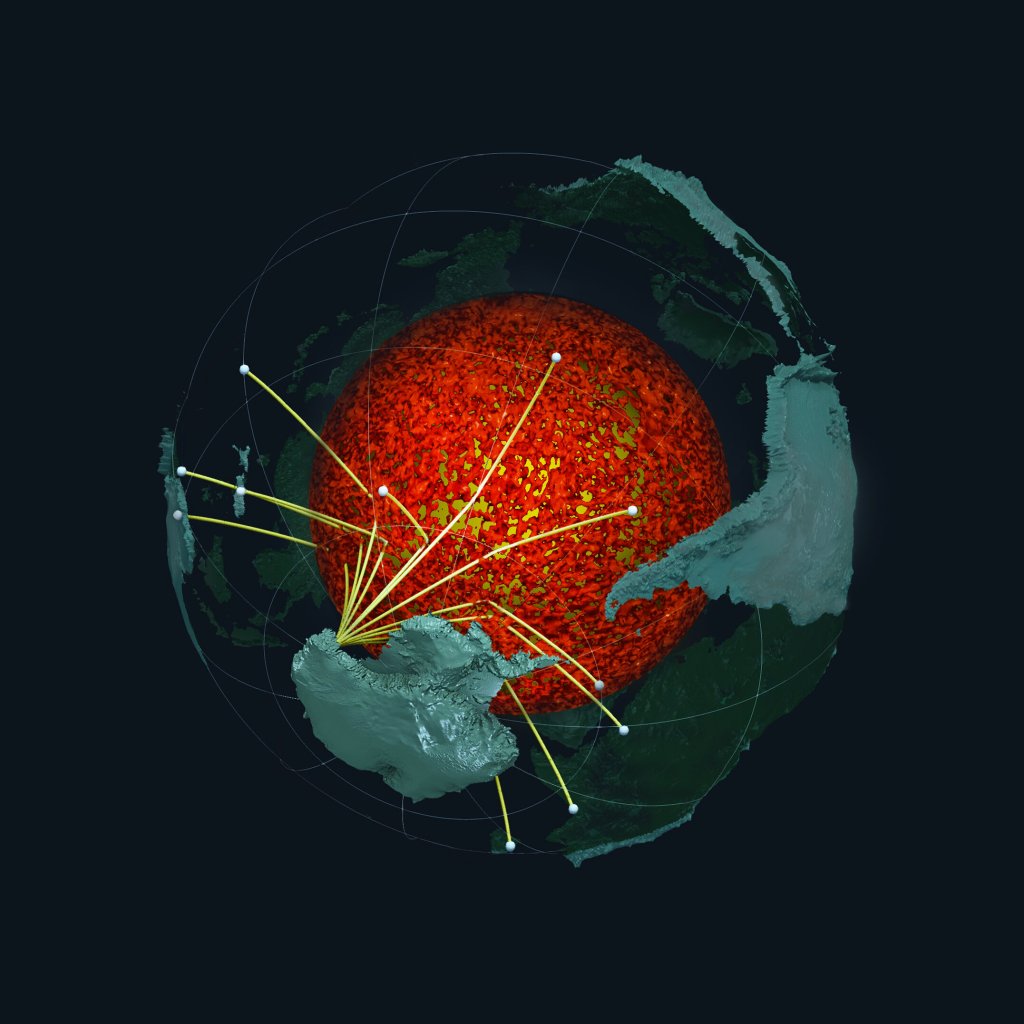You’ve heard of the asteroid that wiped out the dinosaurs, but what about the exploding star that may have helped kill the colossal, prehistoric Megalodon shark?
That’s the hypothesis presented in a new paper published in Astrobiology, which links evidence of a supernova that occurred 2.6 million years ago with simultaneous extinctions of many marine megafauna species on Earth—including the epic Meg, which measured some 60 feet in length.
Videos by VICE
Led by Adrian Melott, professor emeritus of physics and astronomy at the University of Kansas, the paper builds on tantalizing research suggesting that a star—or a series of stars—blew up within 160 light years of Earth millions of years ago. While our planet was far enough from the blast radius to avoid obliteration, the fallout still affected Earth’s atmosphere, and perhaps even its lifeforms.
“All of the historical supernovae that we know about over the last couple thousand years were much further away, so the effects would be tiny compared to this,” Melott told me in a phone call.
We know this supernova happened because it left fingerprints in the seafloor in the form of iron-60 isotopes. Sediment cores show two spikes of these radioactive particles, which are associated with supernovae, 2.6 million years ago (the “end-Pliocene supernova”) and eight million years ago. This suggests that Earth was bombarded with radiation from stellar detonations during those eras, according to the researchers.
The end-Pliocene supernova coincided with the devastating Pliocene-Pleistocene extinction event that killed off one third of marine megafauna like Megalodon.
Melott and his colleagues suggest that a factor in this die-off may have been exposure to muons, particles that are generated when cosmic radiation interacts with the atmosphere. Muons are all around us—they’re passing through you as you read this—and most life on Earth’s surface can tolerate low doses.
However, when cosmic radiation from the end-Pliocene supernova slammed into Earth, it sparked widespread ionization in the atmosphere. Extra-high muon doses likely rained down on the planet. This muon spike may have caused mutations and cancers, Melott said, especially in large marine animals that were not acclimated to radiation exposure.
“Normally below a few meters [of the ocean surface], water really shields a lot of radiation but it wouldn’t shield the muons,” he told me. “Creatures that are used to being almost isolated from radiation would suddenly get a whole lot. They would be unlikely to have as good of a defense against radiation as land creatures would.”
Megalodon and its giant ocean ilk could have been more vulnerable to muon exposure due to the Matuyama-Gauss reversal, a switch-up of Earth’s magnetic poles that also occurred 2.6 million years ago, around the time of the end-Pliocene supernova.
“The magnetic reversal would increase the muon exposure,” Melott said. “Normally, cosmic rays of low energy are diverted by the magnetic field and they mostly come down near the poles. But if you have a magnetic reversal, they impact all over the place.”
In his previous work about the end-Pliocene supernova, Melott has suggested that the blast might have influenced Earth’s weather and climate, which in turn affected the emergence of humanity’s primate ancestors. But he emphasizes that it will take much more research to clarify what role this cosmic explosion played in earthly events.
Read More: How an Ancient Supernova Turned the Sky on Earth Electric Blue
“We want to do more atmospheric studies to try to possibly figure out what the effects [of the supernova] on the weather could be, if any,” Melott told me. “The thing that we know is that the ionization of the atmosphere would increase greatly, so we’re trying to figure out the consequences of that.”
There was a lot going on 2.6 million years ago—a close supernova, a magnetic pole reversal, a cooling global climate, a marine extinction, and the beginnings of human intelligence. The interplay of these shifts is complicated, but there is a tantalizing possibility that the death of the largest known shark required an assist from an exploding star.
Get six of our favorite Motherboard stories every day by signing up for our newsletter.




